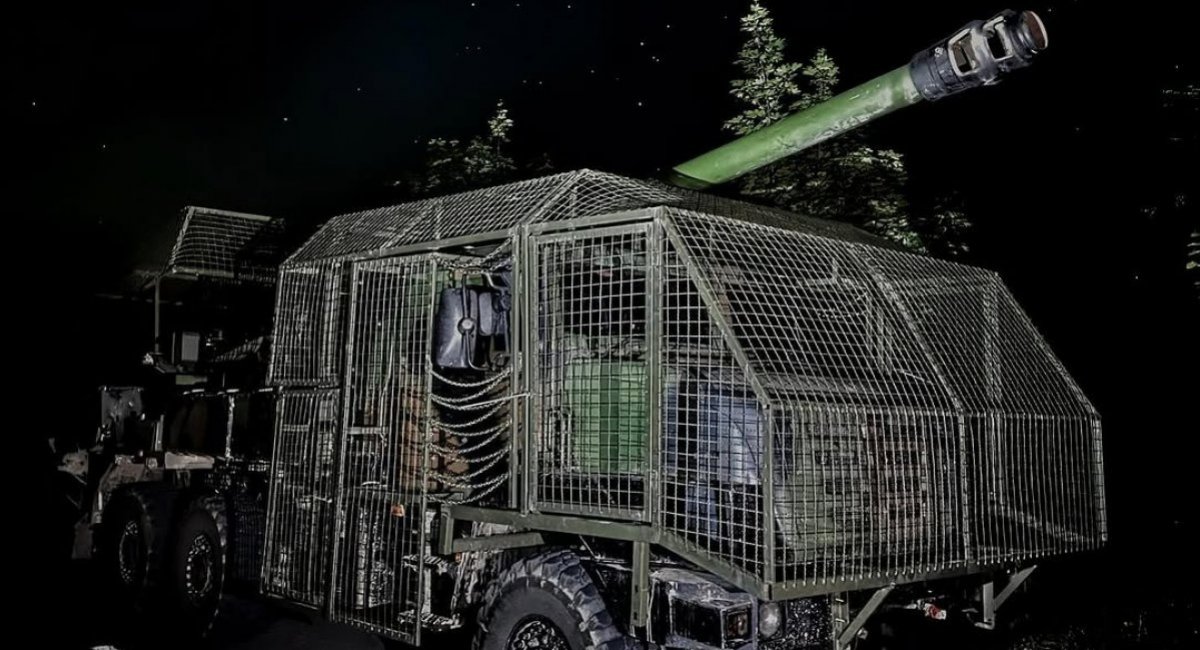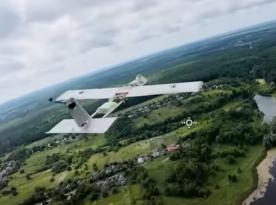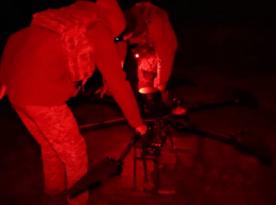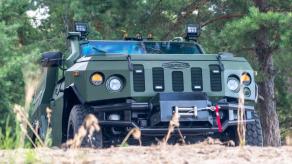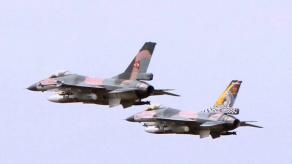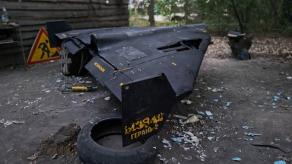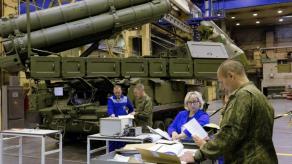As drones continue to dominate the battlefield, Ukrainian technicians have developed and installed a specialized anti-drone protection kit on five Caesar wheeled howitzers, part of the country's Defense Forces. These kits are aimed at countering kamikaze UAVs, which pose a constant threat near the front lines.
The protective structure includes a volumetric wire cage over the armored crew cabin and extends toward the ammunition storage area. This addition is especially valuable, as it may prevent catastrophic detonation in case of a direct drone hit.
Read more: Ukraine's Guided Bomb, Drone Attacks and Aerial Combat Successes: the Assessment
The gun section of the howitzer is also covered by the mesh, with the barrel left open, likely to preserve the vehicle's full targeting and elevation capabilities. One published photo shows the aftermath of a drone strike that was absorbed by the protective netting, effectively saving Caesar's main gun and preventing the loss of a vehicle that costs up to $4 million.
The widespread use of UAVs on the modern battlefield has dramatically shortened the time needed to locate and strike targets. As a result, mobility alone is no longer enough — wheeled artillery like Caesar, once prized for rapid repositioning, have lost one of its biggest advantages.
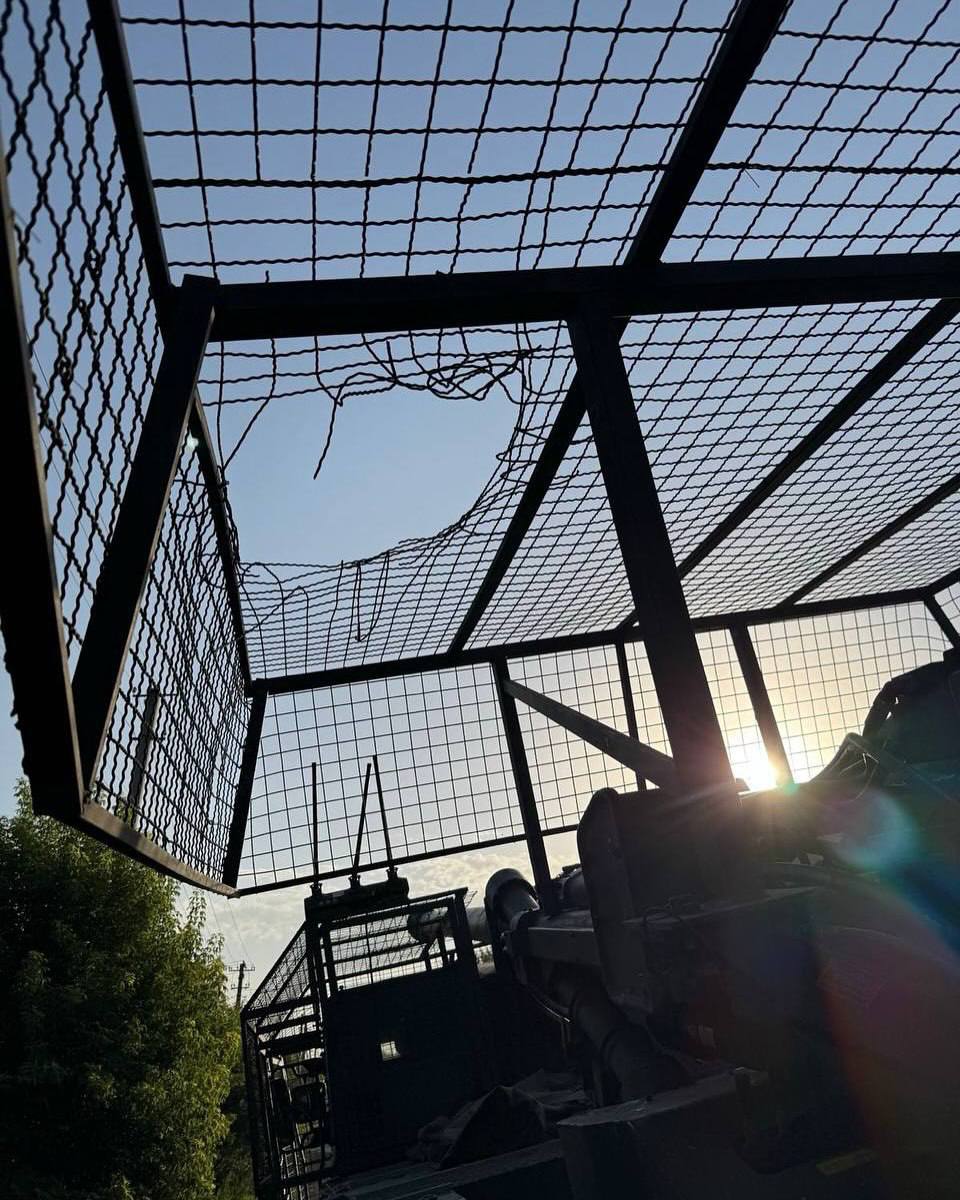
Earlier, Defense Express reported how russian forces applied similar protection to their 2S44 Giatsint-K self-propelled howitzers. The russian solution is more massive and even covers the barrel, reflecting a different design philosophy, driven by a shortage of spare barrels, which are repurposed from older 2A36 towed artillery systems.
Unlike Ukraine's improvised approach, russian anti-drone cages are likely installed at the factory, suggesting that protection from drones is now being treated as a baseline requirement.
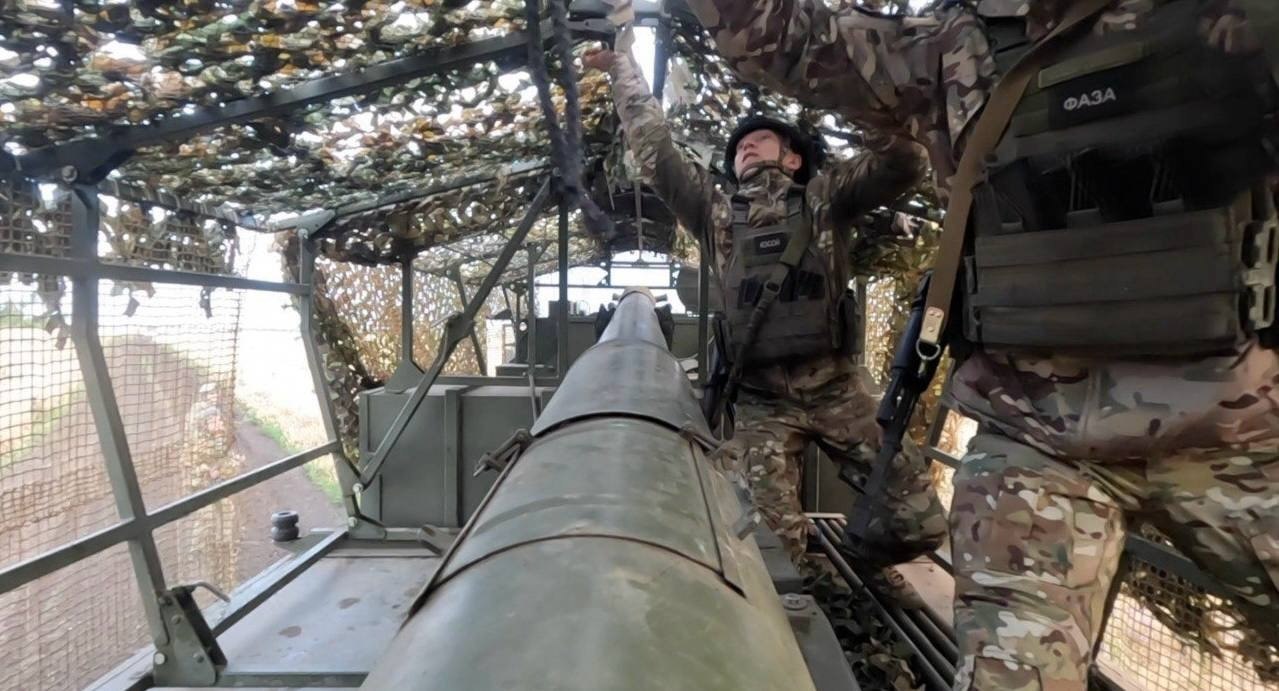
Ultimately, shielding military vehicles from FPV drones has become a critical necessity, with no universal solution in sight. While Ukraine uses everything from electronic warfare systems to pre-surveyed firing positions, mesh cages offer a low-tech, yet often life-saving defense in the evolving drone war.
Read more: Best Way to Arm Ukraine's New Patria 6x6 Vehicles



